Showing all 16 results
-
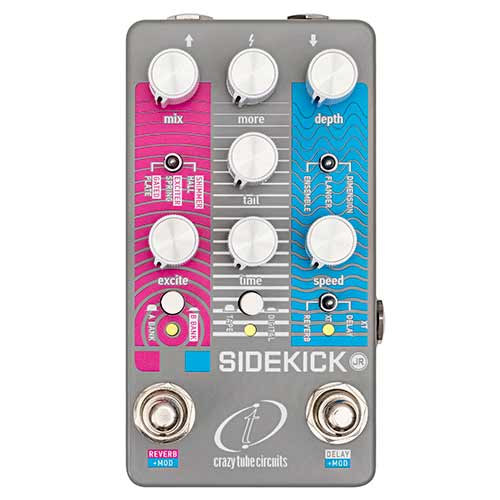
Crazy Tube Circuits Sidekick Jr
€ 289 Add to cart -
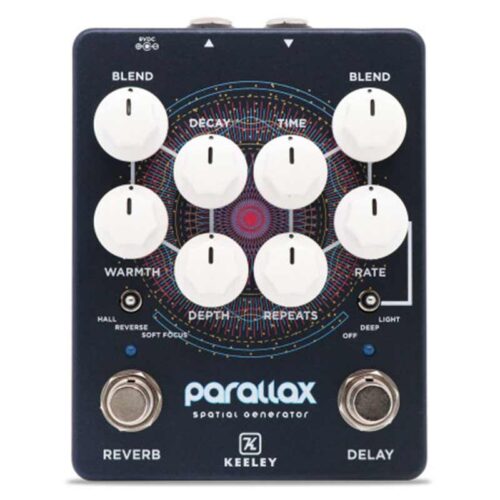
Keeley Parallax
€ 279 Add to cart -
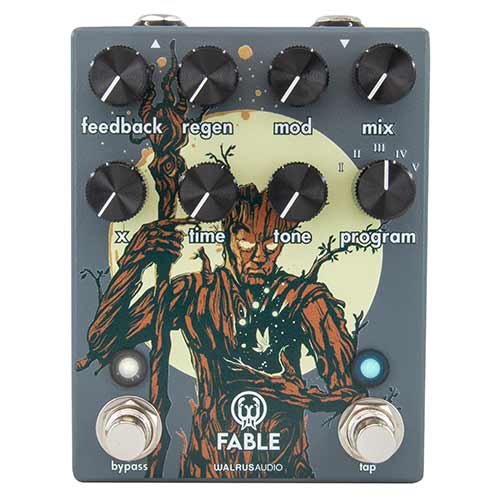
Walrus Audio Fable
€ 335 Add to cart -
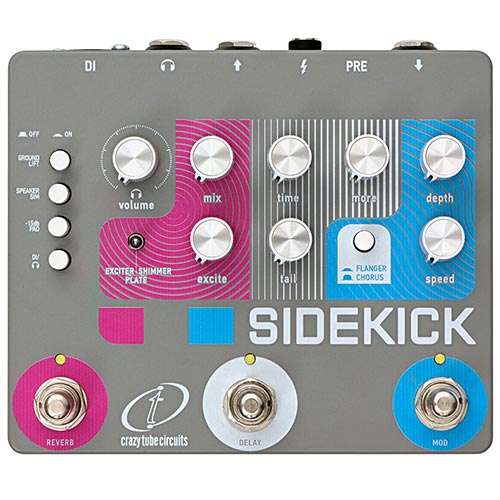
Crazy Tube Circuits Sidekick
€ 299 Add to cart -
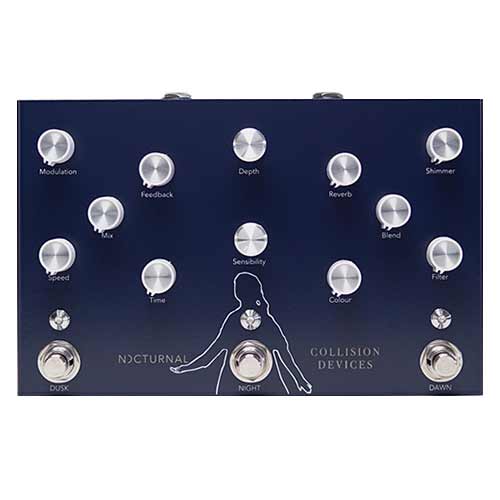
Collision Devices Nocturnal
€ 399 Add to cart -
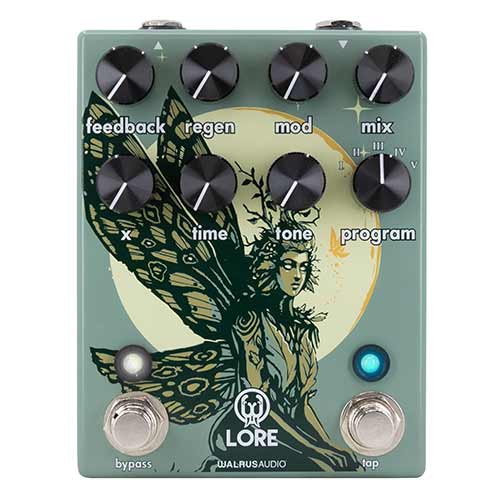
Walrus Audio Lore
€ 335 Add to cart -
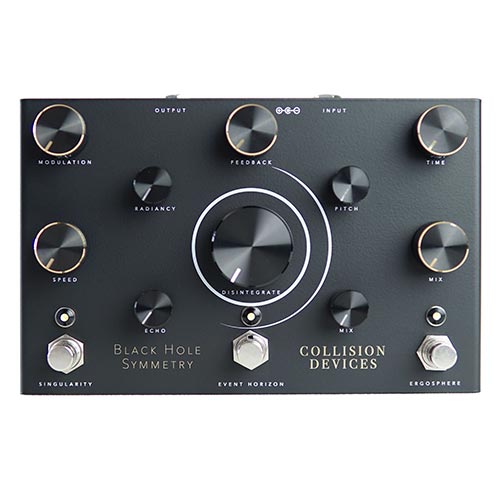
Collision Devices Black Hole Symmetry
€ 399 Add to cart -
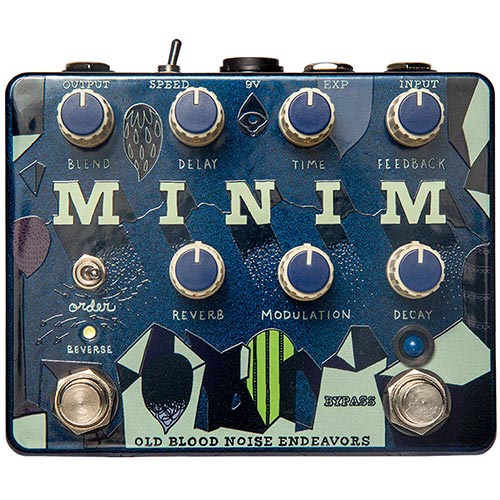
Old Blood Noise Endeavors Minim
€ 289 Add to cart -
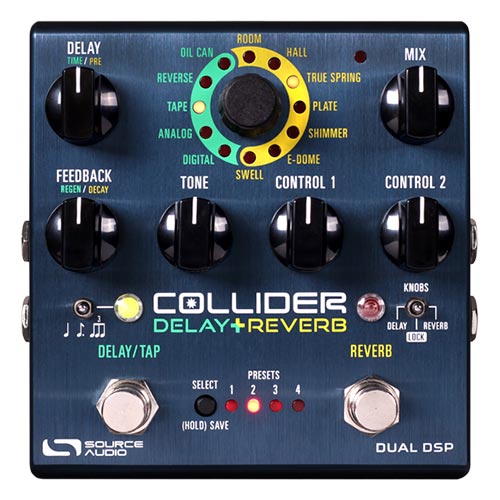
Source Audio Collider Delay + Reverb
€ 479 Add to cart -
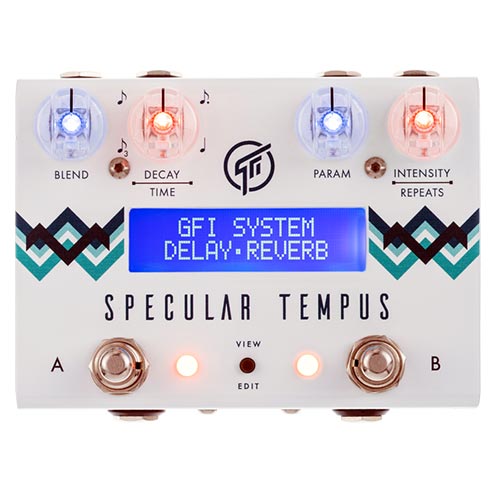
GFI System Specular Tempus
€ 419 Add to cart -
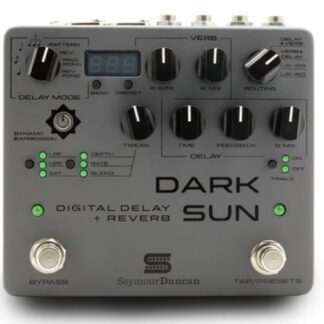
Seymour Duncan Dark Sun
€ 509 Add to cart -
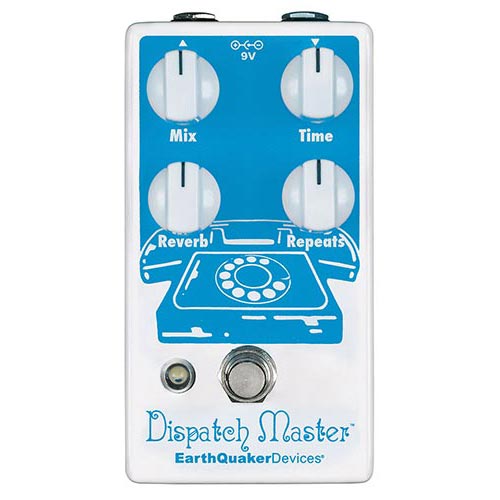
Earthquaker Devices Dispatch Master V3
€ 239 Add to cart -
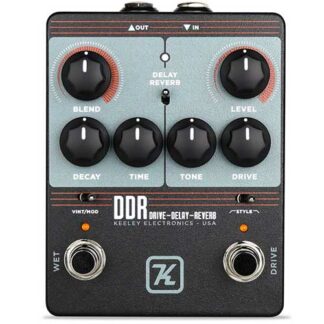
Keeley DDR
€ 219 Add to cart -
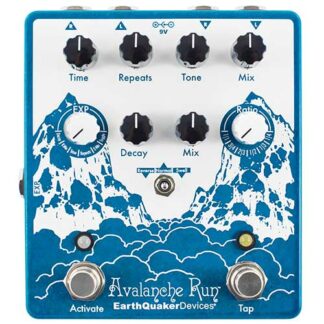
Earthquaker Devices Avalanche Run V2
€ 399 Select options -
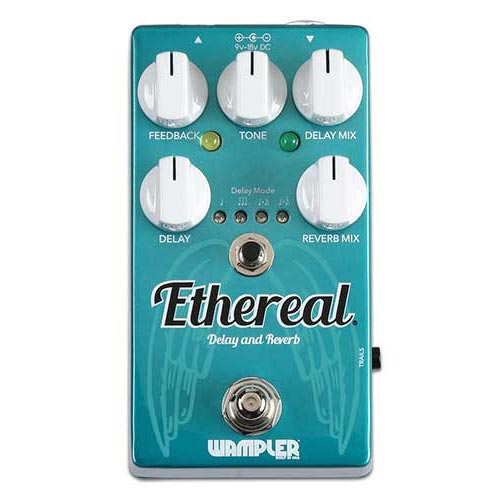
Wampler Ethereal
€ 219 Add to cart -
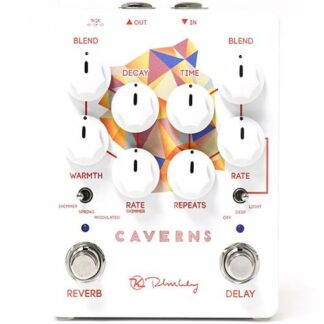
Keeley Caverns Delay Reverb V2
€ 239 Add to cart
Showing all 16 results
Reverb pedals
Reverb or reverberation is created by the reflection of sound against walls and objects. Different distances between a sound source and the points at which the sound reflects creates complex reflections. This pattern sounds like reverberation, unlike the effect where you can still hear the reverberation clearly. Then you speak of echo or delay. Incidentally, there is often a pre-delay setting on a reverb. Sets the time of the first reflections.
The sound of a reverb is affected by a number of factors. First of all, there is the amount of reverberation and the length of the reverberation. A large room often produces a longer reverberation than a smaller room. The timbre of the reverberation is largely determined by the material of the walls. Or with which the walls are covered. For example, wood absorbs more sound than concrete does. In addition, a material does not absorb all frequencies equally strongly. Some rooms have a bright reverberation and others have a dark one. This also allows you to immediately hear what kind of space has been used.
Reverb is perhaps the most commonly used effect, especially by guitarists. Often your amplifier has a built-in reverb. This is almost always a spring reverb that produces a characteristic reverberation. Many guitarists also use one or more pedals to get a specific sound. Almost all pedals are digital nowadays, except a few. Reverberation pedals often also consume more power than an overdrive. Make sure that your power supply can handle this too. You should think of 50 mA current or more.
